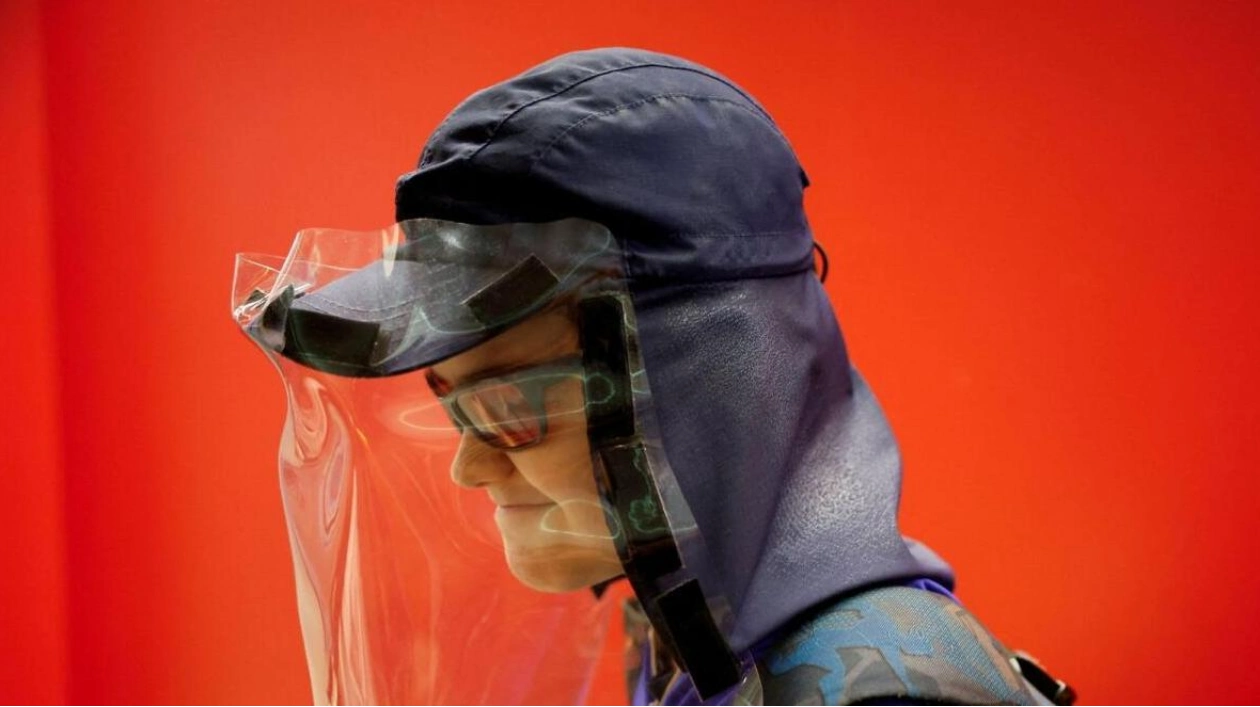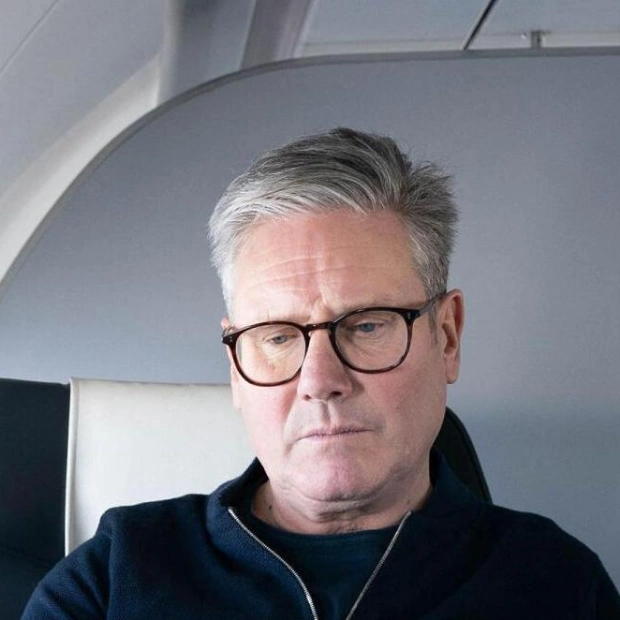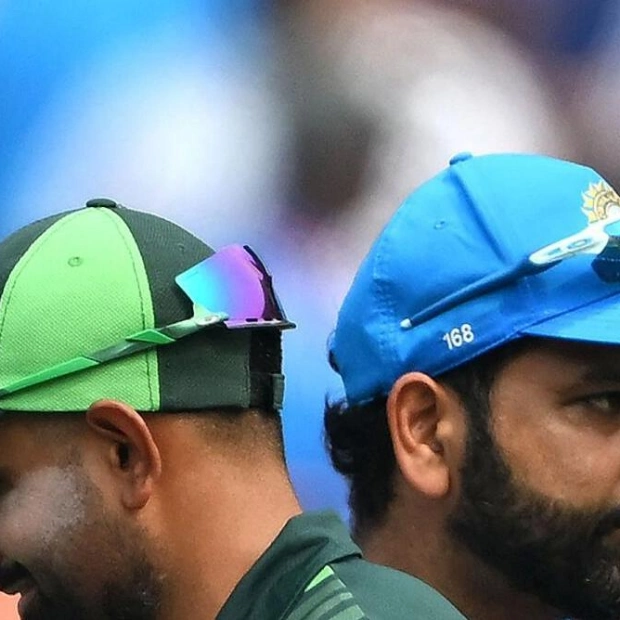Pol Dominguez, aged 11, is currently enjoying his summer holidays in Spain. Unlike many children his age, he spends his days indoors to avoid ultraviolet radiation, which could be fatal for him. Dominguez suffers from Xeroderma Pigmentosum (XP), a rare condition that affects his skin and eyes. Individuals with XP are unable to repair DNA damaged by the sun, placing them at a high risk of developing cancer. His condition is severe: even short periods of sunlight exposure can lead to serious burns.
With only 2.3 cases per million live births in Western Europe and approximately 100 people living with XP in Spain, this hereditary disease is typically diagnosed early when symptoms such as burns appear. Dominguez and his family, residents of Barcelona, have significantly altered their lifestyle to minimize UV exposure. To prevent severe sunburns and blistering, Dominguez wears a hood, jacket, sunglasses, and gloves outdoors, even during winter. In summer, he remains indoors as much as possible, but when he must venture outside, the protective clothing is both hot and uncomfortable.
Dominguez's school has made adjustments to windows and lighting to enable him to live as normally as possible, although he must dress warmly for outdoor activities and carries a UV meter to ensure safety. "It's very hot, and I use a fan to cool down," he told Reuters during one of his final school days, using a portable fan beneath the shield he wears over his face. Dominguez's home is equipped to block UV light, with protective film on windows, lowered blinds, and fans to maintain good ventilation, according to his mother, Xenia Aranda.
"We go out at night," Aranda explained. "Around 10pm, we ask: 'What would we like to do, Pol? Go to the beach, get ice cream, go for a run?'" Pol is spending part of the summer with his grandfather Ferran Aranda in Portbou, near the French border. When the sun sets, he can visit the beach without protective gear. Simple activities like eating ice cream outside or turning his towel into a superhero's cape bring joy to his face.
As heatwaves become more frequent and intense due to climate change, the risks for Pol and others like him increase. "The more hours of sunshine, the more solar damage. Therefore, more illness," explained Asuncion Vicente, a pediatric dermatologist at Barcelona's Sant Joan de Deu hospital.






